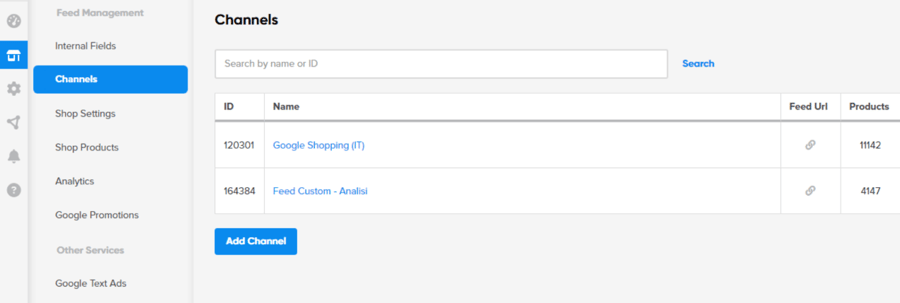Google's new Performance Max with multiple placements has changed the way advertisers optimize product catalogs and the campaign itself. The ability to adjust bids so that a paid strategy is aligned with an eCommerce strategy allows advertisers to optimize their budget to get a profit. However, when it comes to Google PMax and its automation, marketers' control over the campaign is significantly reduced.
The main goal of Studio Cappello, a WMR Group company, was to optimize Google Ads using business intelligence (BI) data. However, merging this data requires a significant investment of time and effort, which doesn’t always translate into the quality of the result.
For these reasons, in this Performance Max case study, we will show how we leveraged DataFeedWatch to achieve the desired effect.
The Problem
All the Google Ads campaigns were well optimized, but we knew we could improve their performance if we took CRM data into account. Exporting CRM data daily/weekly and analyzing it to adjust campaign performance required a lot of time and effort. Furthermore, the data we were working with was not real-time, which led to ongoing missed opportunities.
Solution
We needed to increase budget allocation to best-performing products. To achieve this we first uploaded our CRM data to DataFeedWatch to be able to segment the campaign based on BI data.
We did it using a Google Spreadsheet which is auto-checked by DataFeedWatch daily to pull the updated information.
This allowed us to create an important custom label in DatafeedWatch.
The rule shown below works by assigning a static value of "Top" in the custom_label_4 column whenever the product ID is found in a specific Google Sheet containing all the best-performing products based on BI data.

The same schema was applied for “High” (also the best-performing items but with a lower margin), “Middle”, and “Low” products.
In summary, the custom label tactic helped us segment the Performance Max campaign in the following way:
-
Top Performance
-
High Performance
-
Middle Performance
-
Low Performance
The second step was to allocate more budget to “Top” and “High” products in the PMax campaign.
Results
The results reflect the effectiveness of using the feed optimization tool and matching the Google Ads strategy with the e-commerce strategy. Despite a 7% increase in PMax ad spending, there was actually an 80% increase in revenue.
As you can see in the screenshot below, the cost line remains stable after the Pmax optimization (29/9), while the revenue line increases. It is important to clarify that during the analyzed period there were no changes in the commercial policies.
Other DataFeedWatch features
The above case was just one example of how Studio Cappello used DataFeedWatch to improve the Performance Max campaign’s results. We introduce other ways of optimization below.
Stock analysis
A way to use DataFeedWatch that is not so common is to create a new channel to export eCommerce inventory data. The feed contains only fields that are important for the analysis, such as ID and stock quantity. The output helps to find out which products have the highest availability and to assess the average stock per product.

The average stock information was used by the team to create a custom label. In the case below, "30" and "-30" was the average stock. If the quantity is greater than or equal to "30" or less than or equal to "-30", it means that the product has good availability and should be pushed.
Creating error-free feeds
Each channel requires you to populate certain mandatory fields in the data feed. If you don't, you risk Google rejecting your product and you get poor campaign results.
The common issue is that advertisers forget to fill in one or more of the required fields in the feed. For example, the shipping cost is not specified for each product. In this case, the channel requirements are not met.
Thanks to DataFeedWatch, you can easily create an error-free feed for every channel using rules to quickly manipulate the data you have.
Reduced time for feed creation
A more common use of DataFeedWatch is to simplify the feed creation process when there are several channels with different feed requirements. Despite some differences in the requirements of each platform, there are always some similar logics between feed creation, such as the need to label the best and worst performing products. DataFeedWatch’s Master Fields allow saving rules that could be applied to more than one channel.
Conclusion
DataFeedWatch is a tool that helps advertisers solve common problems with their online ads. It saves time and gives a boost to PMax campaign performance as showcased in this Performance Max case study.
